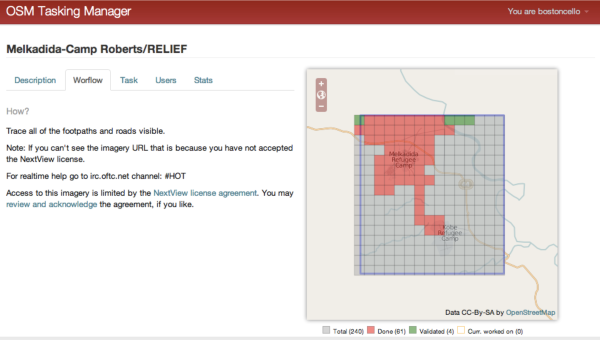Connecting Grassroots to Government Community Review

Leaders in disaster response are facing the need to adapt to a new reality. Collective action from the grassroots has changed crisis response operations in ways that few would have predicted even five years ago. The era when citizens listened passively to official announcements made by radio and television has ended. Today, they can exchange information over mobile phones and social media and then mobilize thousands of people to collect, analyze, and act on that information. Sometimes, community-sourced intelligence may be fresher and more accurate than the information given to the responders who arrive to provide aid.
Federal agencies have taken notice of this newfound capacity. Over the past two years, a series of events caused several agencies to explore how to engage these citizen-driven efforts and fashion them into new partners in agency response operations. With the help of the Woodrow Wilson International Center for Scholars Science and Technology Innovation Program, I have been able to spend many months talking with officials from US federal agencies as well as representatives from the crisis mapping community. I’ve deployed with FEMA to Superstorm Sandy, experimenting on new ways to connect the crowd into response operations. And I’ve ( finally ) finished a draft of a document that captures the challenges and codifies the process that several agencies have used to create a better connection to the grassroots.
I am releasing the community draft of the Connecting Grassroots and Government for Disaster Response. This is not intended to be Disaster Relief 2.1, which examined the links between crisis mapping and the IASC/UN-led cluster system. Rather, it is a 0.1 version of another thread of work around US federal agencies. It is offered in a very different spirit: as a draft to be edited. We’ll go into final edits on 26 May. I hope these ten days give a fair bit of responses. I love criticism that improves ideas.
Please help me correct errors, fix mischaracterizations, and build this into a worthy document in an area where US government information will default to machine readable formats and be open for all to view.
With many, many thanks to Lea Shanley for her tireless (often invisible) work and Dave Rejeski for his patience on the production of this document.
##Connecting Grassroots to Government: Newest version 0.91
![]() Download PDF
Download PDF
##Connecting Grassroots to Government: Original Community version 0.9
![]() Download PDF
Download PDF
Please email your comments to bostoncello {at} the Big G.
John